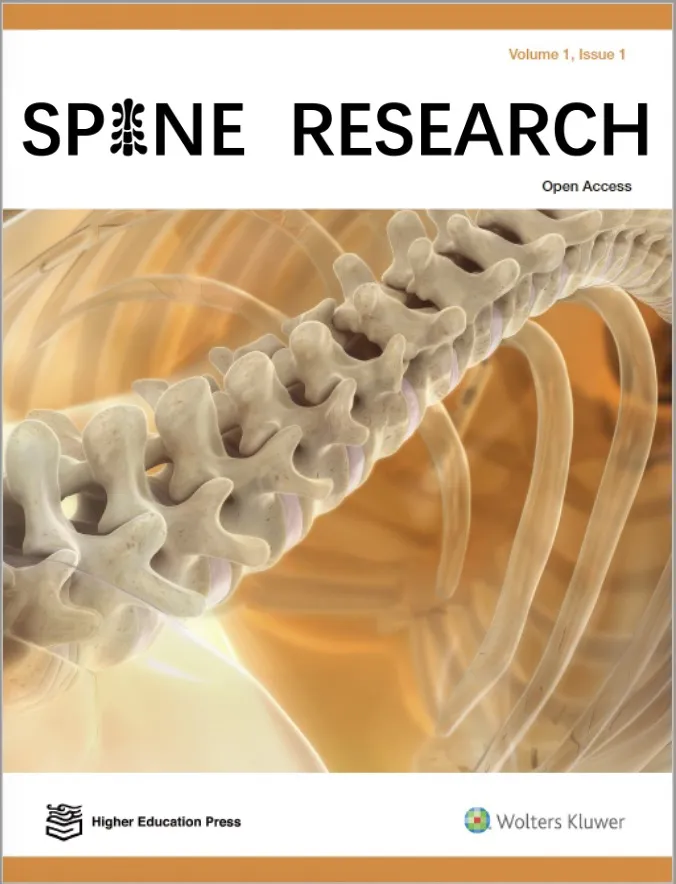| 投稿方式:官网投稿 |
- 栏目频次
- 单位占比
-
热词

-
更多
期刊简介
- 《脊柱研究(英文)》(Spine Research)(季刊)创刊于2025年,由北京大学第三医院与高等教育出版社合作创办。该刊全面聚焦脊柱科学的最新进展与前沿探索,涵盖基础科学、临床研究及医工交叉等多个领域。致力于发布高质量的临床研究、基础研究、创新技术及医工交叉研究成果。
-
基本信息
- 期刊名称:脊柱研究(英文)(Spine Research)(OA期刊)(国际刊号)(不收审稿费版面费)
- 主管单位:
- 主办单位:北京大学第三医院与高等教育出版社
- 国内刊号:无CN刊号
- 国际刊号:eISSN:2097-5643
-
- 出刊日期:
- 期刊定价:
-
- 邮发代码:
-
- 所在省区:北京
- 邮政编码:
- 联系地址:
-
投稿信息
-
- 学科分类:外科学
- 版面费用:不收版面费
-
- 字数要求:0
- 查重要求:-
-
- 复合因子:0
- 综合因子:0
-
- 审 稿 费:无
- 稿费:待核实
- 本刊可发:
- 特殊属性:外文期刊
-
联系方式
- 投稿网址:https://www.editorialmanager.com/spres/default.aspx
- 官网网址:https://journals.lww.com/spres/pages/default.aspx
- 电话传真:
- 电子邮箱:spineresearch@pub.hep.cn(官网)
- 微信公众号:SpineR

